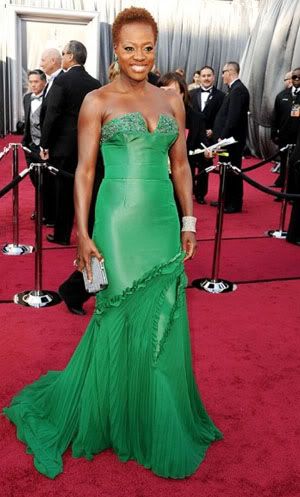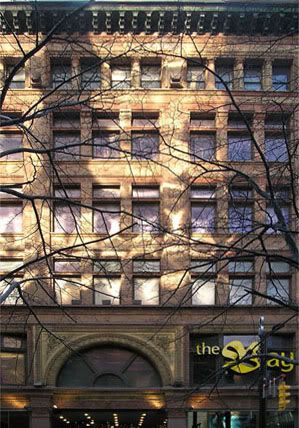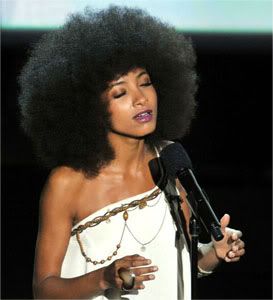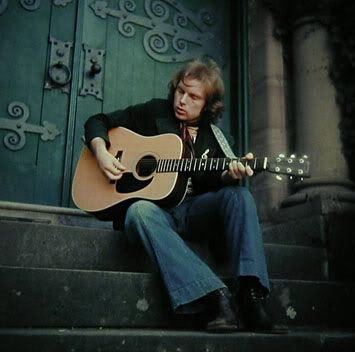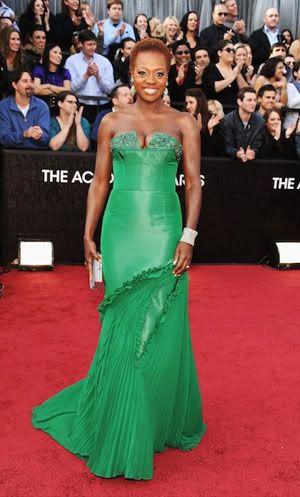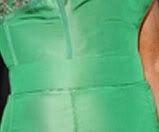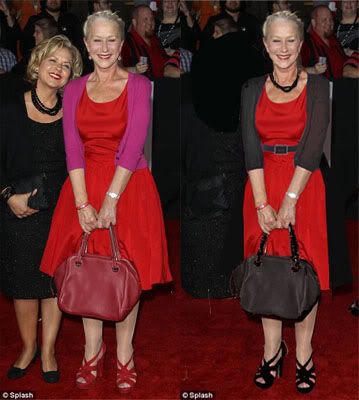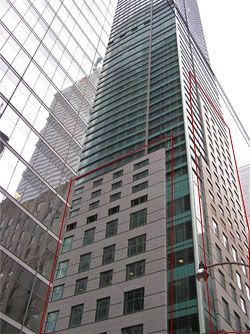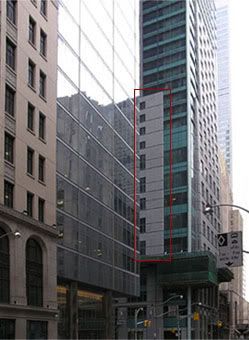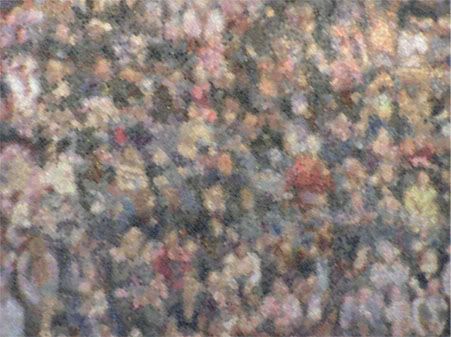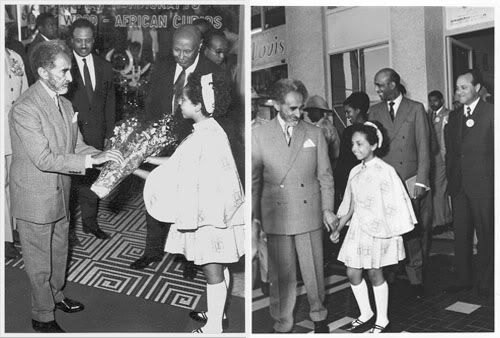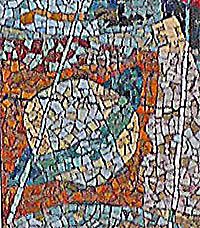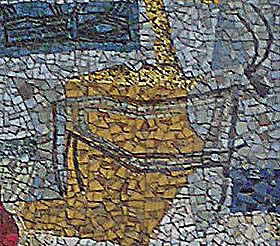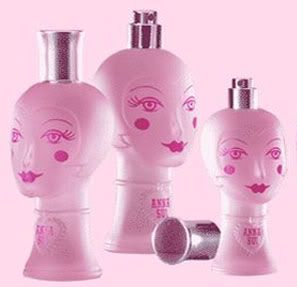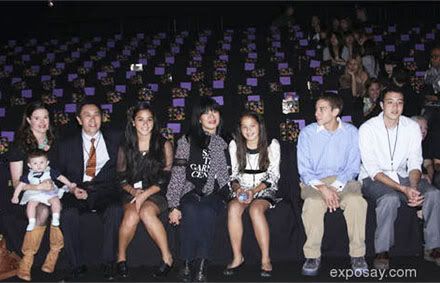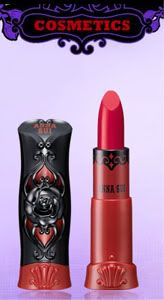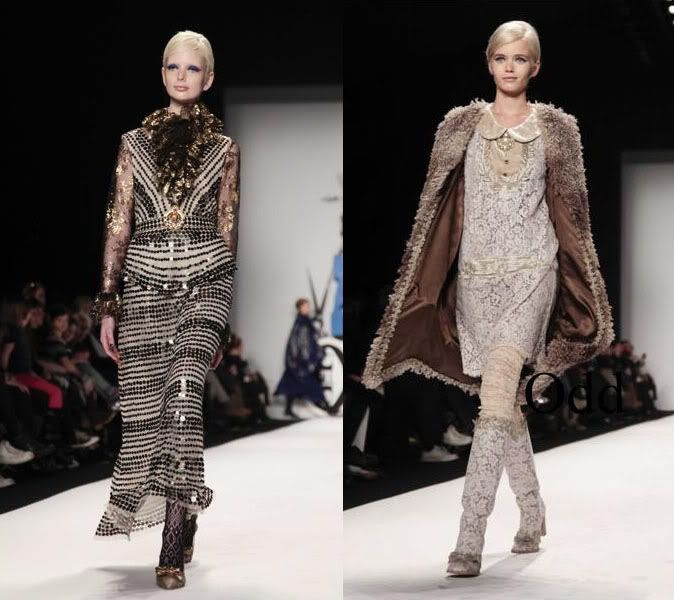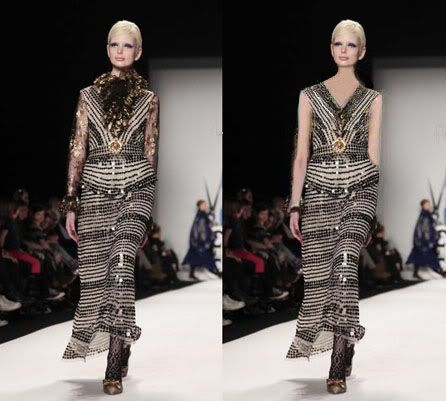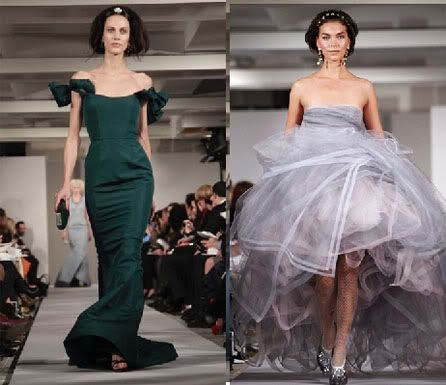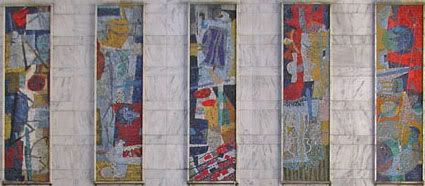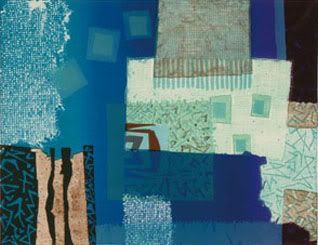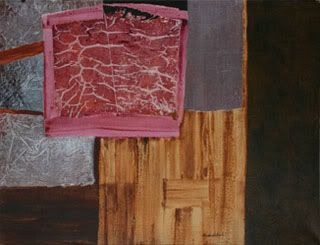Below are close-ups of the Ronald York Wilson mosaic panels at the Toronto Bell Canada building, which I blogged about
here. These close-ups are mentioned in Mills' biography by his wife Lela Wilson,
York Wilson: His Life and Work1, but she doesn't provide any images. I went looking for them in various other biographical books and on the internet, and couldn't find them anywhere. So, I went back with my
trusted camera and took more photographs.
Color is hard to find in Toronto, but sometimes it surprises us in unexpected places. Despite the unattractive building, which stands right across the street from the beautiful
Art Deco Concourse building, the murals on the Bell Canada facade add much appreciated color to the surroundings.
"Satellite in Action"Prehistoric menPrehistoric animalPanel with "Satellite in Action"
[image center left]Panel with prehistoric men
and animalBelow is an excerpt from Lela Wilson's
York Wilson: His Life and Work which describes a little of the method behind his murals, including the collage effect he achieved which I discuss
here.
A mosaic for the Bell Telephone company
Russell Branddon’s book Roy Thomson of Fleet Street was published in 1965. Inside was a photograph from the early 1940s of Thomson posed in front of Land, Lakes and Forests, the mural he commissioned York to complete for his Timmins Press Building in 1940. It was York’s first mural.[continued below]
I'll break here to add some information about Roy Thomson, for whom York designed his first mural
Land, Lakes and Forests, and which then got him many other commissions around Canada, including his famous ones in the Sony Centre for the Performing Arts (which I've posted
here).
Roy Thomson, who was known as Lord Thomson of Fleet due to some obscure lineage and for which he denounced his Canadian citizenship to become British to receive his title, died in 1976 a British citizen in London, never having reclaimed his Canadian citizenship. Nevertheless, the concert hall in downtown Toronto, the Roy Thomson Hall, is named after him. I think is partly in honor of his enterprising spirit and legacies of radio stations and newspapers he left behind. His family had also donated $5.4 million towards the construction of the hall.
Thomson started out modestly by selling radios. He then set up his own radio station in Timmins, a northern Ontario town. Eventually, he bought the Timmins Daily Press, and thus began expanding both his radio station and newspaper business. While in Timmins, he got Wilson to design
Land, Lakes and Forests for his office, which depicts the rugged nature of northern Ontario.
Below is a photograph of Roy Thomson in his Timmins office, presumably holding the Timmins Daily Press, with Wilson's mural behind him.
I've added the names of the towns in red. A bigger version is
here.
And below is a map which shows the distance from Toronto (and Ottawa and Montreal) to Engelhart - shown as point A on the map.
North Bay is what most Canadians would think of as the beginning of the (mythical) north, with its wild wilderness and empty landscape. A harsh place with long winters, and very little reprieve in the warmer months, with hardly any spring and a short summer. Thomson's venture up north was bold, as his later business acumen would show.
Below, I continue with the excerpt from Lela Wilson's biography, describing Wilson's commission to design the Bell Canada mural, which still stands today, in a side street below Queen Street in downtown Toronto, which I've never noticed before until recently, when I started to photograph the buildings around the downtown area. Most of these buildings are impressive, solid highrises, some skyscrapers, with beautiful turn-of-the-twentieth century Art Deco ornaments. The Bell Canada building, as I wrote here, was built much later in 1965, but it seems to be a "bridge between the "old" skyscraper age and our new [glass] one" as I wrote
here.
A mosaic for the Bell Telephone company [cont.]
More than two decades later, York received a commission for a mural at the new Bell Telephone building on Adelaide Street in Toronto. York completed this project and the Port Arthur General Hospital murals during the eighteen month period separating our return from Paris in early 1964 and our departure for a world-round trip in late 1965.
York was thrilled at the prospect of a mosaic mural for Bell. He had been interested in mosaics ever since we stopped at Ravenna while en route from Venice to Rome in the autumn of 1957. York had discussed mosaics with architect Ronald Dick and Franklin Arbuckle when they visited us in Paris in late 1963. When the building was contracted to Marani, Routhwaite and Dick architectural firm, Ron Dick recalled that Paris conversation and contacted York. In a letter of April 25, 1964 to Dick, York outlined his theme and declared the mosaic medium desirable “in that it would introduce colour in an unusual way, where it would have value both as decoration and as identification.”
The mural was to take the form of five vertical panels, each 20’ by 5’, installed on the building’s external façade. The mural’s title was Communications. Each panel expressed a different of the theme: written, drawn, musical, verbal and electronic. Within the panels are many symbols, including Greek, Moabite, and Etruscan letter forms, early Spanish cave paintings, bars of music, abstracted human faces, and a satellite in action [note: I've posted some of these images above, from photographs I took of the mosaics].
To execute the Bell mural, York contracted the services of Alex Von Svoboda of Toronto’s Conn-Arts Studio, a firm specializing in mosaics, murals, designs and sculptures for ecclesiastical and commercial projects. York designed the mural, selected the material and Conn-Arts did the installation. At the Conn-Arts studio, York enlarged his sketches onto heavy brown paper later marked like the pieces of a jigsaw puzzle. The tesserae were glued face down onto the paper in their final design; when the tesserae were embedded in cement, the brown paper was removed and the panels were installed on the building. Throughout the process, York enjoyed an excellent rapport with Alex and was pleased with the finished mural, installed in 1965.
In “Wilson Rings Bell with Mosaics,” published in the Globe and Mail (June 12, 1965) shortly before the mural’s installation, Kay KritzWeiser discussed the project’ genesis and execution, and noted that York had been careful to mimic the uneven surfaces of early mosaics, “so that the play of light and shadow during day and night will become a continuous wonder. Rain will sluice away soot. Sun will catch the glitter of gold leaf impregnated between layers of glass.”
These beautiful colour murals, surrounded by white marble, are best appreciated when viewed up close. Unfortunately, they are placed so high that one cannot appreciate them fully, and the mosaics are no longer lit at night. Bell’s brochure, which featured a colour reproduction of the finished mural, is no longer available. York made a small sample mosaic section which the AIO toured to schools and small towns in Ontario in 1965. At that time, numerous buildings in Toronto featured mural decorations. As an article in the Toronto Daily Star (August 9, 1965) queried, “What’s a Business Without a Mural?” York’s works for Imperial Oil, the O’Keefe Centre and Bell are mentioned therein.
Reference:
1. Lela M. Wilson. Edited by Sandra Dyck (1997). York Wilson: His Life and Work, 1907-1984. Carleton University Press.
pp171-172
[Photographs by KPA]
